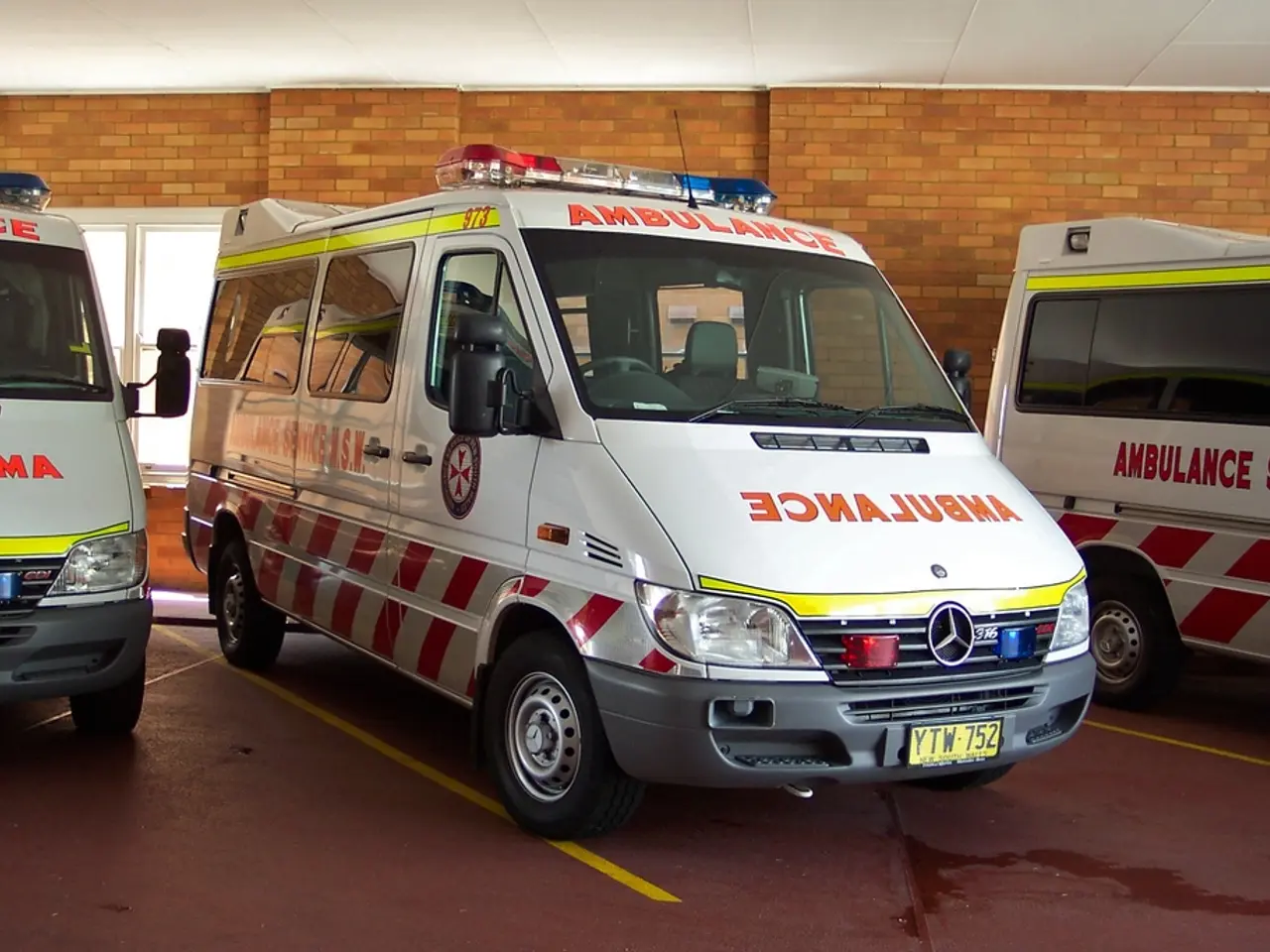Brain Aneurysm Recovery: hospital, home, and beyond
A ruptured brain aneurysm can have far-reaching consequences, with recovery times varying greatly for each person. The extent of the rupture, neurological problems, and other factors all play a role in the healing process.
Recovery typically takes a minimum of three weeks, but for many patients, it may extend to several months or even up to a year. Some individuals may never fully return to their previous level of functioning, despite rehabilitation efforts.
The severity and location of the hemorrhage are crucial determinants of recovery length and completeness. The more extensive the brain damage and the more pronounced neurological deficits such as limb weakness or speech problems, the longer the recovery period and the less likely it is to be complete.
Complications during the acute phase, such as cerebral edema (brain swelling), increased intracranial pressure, vasospasm (narrowing of blood vessels), hydrocephalus (fluid buildup), and possible re-bleeding, can prolong recovery and require intensive treatment.
The type of treatment also influences recovery. Elective aneurysm clipping surgery generally requires a shorter recovery (2–4 weeks), whereas recovery after a ruptured aneurysm with subarachnoid hemorrhage takes longer and needs extended hospital care.
Other factors that may affect recovery include age and overall health. Older patients or those with additional medical conditions may have longer or more complicated recoveries.
Psychological factors such as depression, anxiety, and post-traumatic stress disorder (PTSD) are common during recovery and can affect rehabilitation progress.
It's important to note that the risk of an aneurysm rupturing after treatment is almost zero [4]. For support during this challenging time, individuals may find solace in organisations such as the Brain Aneurysm Foundation, Lisa Foundation, and Joe Niekro Foundation.
If you or someone you know experiences increased pain or swelling around an incision, vision problems that do not ease over time, persistent bleeding or signs of infection, headaches that persist for several weeks, a large, hard blood clot at the site of a groin incision, or if they develop a sudden, severe headache, it's essential to seek medical attention immediately.
Sources: [1] "Brain Aneurysm Recovery and Rehabilitation." Brain Aneurysm Foundation, www.bafound.org/resources/brain-aneurysm-recovery-and-rehabilitation/. [2] "Mental Health and Brain Aneurysm." Brain Aneurysm Foundation, www.bafound.org/resources/mental-health-and-brain-aneurysm/. [3] "Recovery after Aneurysm Treatment." Johns Hopkins Medicine, www.hopkinsmedicine.org/health/conditions-and-diseases/brain-aneurysm/recovery-after-aneurysm-treatment. [4] "Risk of Aneurysm Recurrence." Brain Aneurysm Foundation, www.bafound.org/resources/risk-of-aneurysm-recurrence/.
- In the realm of medical-conditions, neurological disorders like stroke and brain aneurysm necessitate a profound understanding of the neurological sciences, as recovery time can vary greatly and complications may prolong the healing process.
- Fitness-and-exercise, health-and-wellness, and rehabilitation efforts are critical in helping patients with brain aneurysm recover, but the severity and location of the hemorrhage, as well as neurological deficits, can impact the duration and completeness of recovery.
- The science of neurology shows us that neurological problems, such as limb weakness or speech problems, are common in brain aneurysm patients, and these deficits can significantly influence recovery times.
- Post-treatment support for brain aneurysm patients can be found in organizations like the Brain Aneurysm Foundation, Lisa Foundation, and Joe Niekro Foundation, which offer resources and information on recovery, rehabilitation, mental health, and the risk of recurrence.




